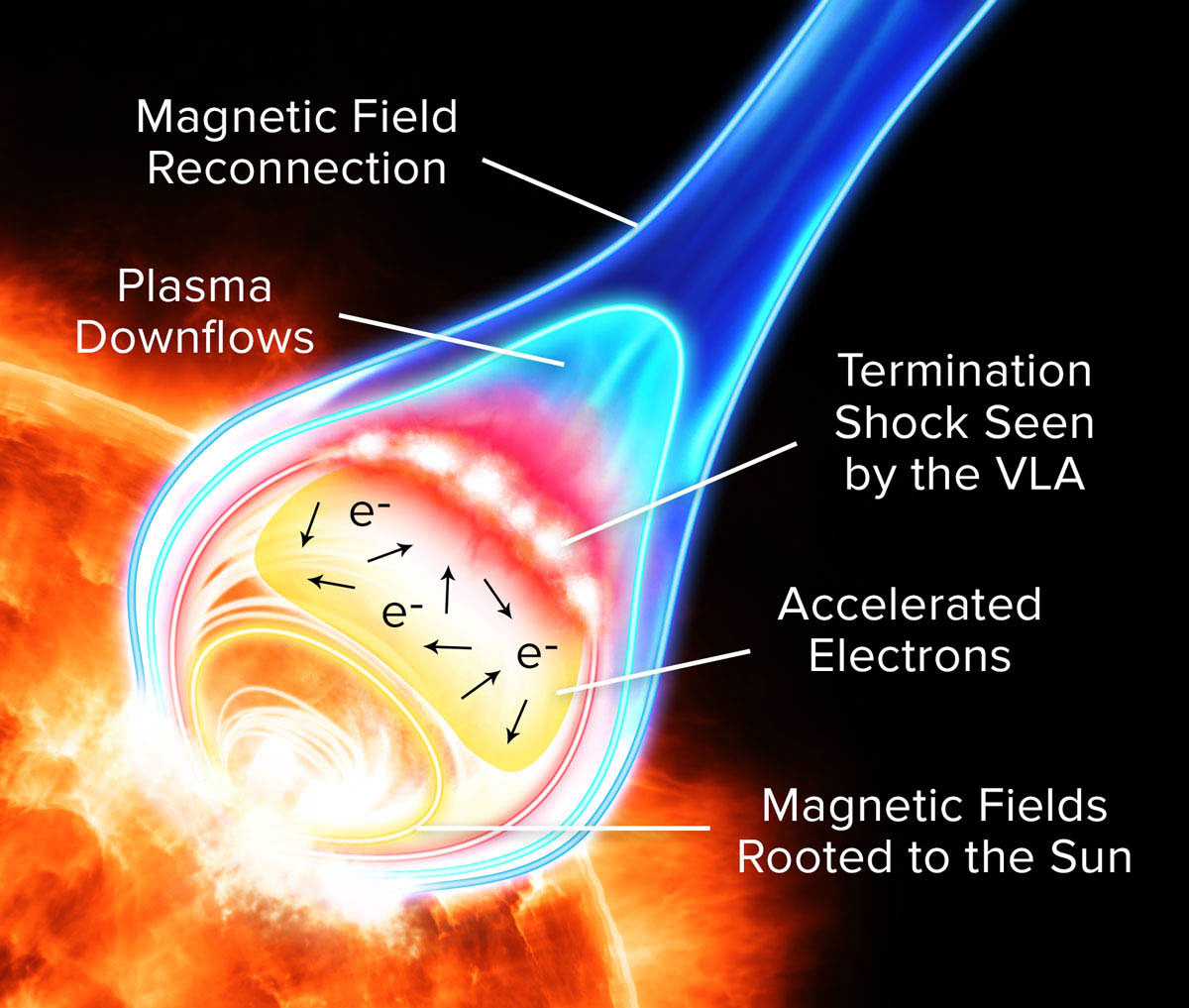

This change appears to be having a strong influence on the level of incoming galactic cosmic rays once again.

In fact, it has not been this quiet since the end of the 19th century. Since the last solar minimum in 2009, however, the sun appears to have returned to a quieter state once again. After that, solar activity was higher across several solar cycles, resulting in reduced radiation dangers from galactic cosmic rays for decades. These conditions ended abruptly, and coincidentally, at the dawn of the space age. The higher levels of galactic cosmic rays that were observed until the 1950s coincided with a period of extended, quiescent, solar activity. The solar cycle itself is also known to vary on longer timescales – so that a series of cycles could be more or less intense than others. The prospect of sending further astronauts into space could have been very different had Gagarin returned with severe radiation poisoning. He was the first person to go into space in 1961, heralding the era of human spaceflight. These higher levels persisted until the mid-1950s – luckily for Yuri Gagarin. Specific isotopes (atoms with more or fewer neutrons in the nucleus than their normal counterpart) of Beryllium in such samples – in conjunction with early balloon measurements – show that levels of this radiation were some 50% higher in the first half of the 20th century than they are now.

There are natural historical records available for galactic cosmic rays, such as ice core samples at the poles. The sun by the Atmospheric Imaging Assembly of NASA’s Solar Dynamics Observatory. Anyone who works near sources of radiation has a maximum annual limit on the dose they can safely receive. In extreme circumstances, an acute dose of radiation can cause sickness, burns and organ failure. Particle radiation can damage DNA in human cells, cause mutations and stimulate cancer. Humans have a limited tolerance to radiation of all kinds. These rays, many of which come from our own Milky Way galaxy, are some of the most energetic particles in the known universe and are found throughout the solar system. This type of radiation, known as “galactic cosmic rays”, consists of the nucleus of an atom travelling very close to the speed of light. But a huge hazard that we sometimes overlook is high energy radiation from sources both inside and outside the solar system.Ī new study, published in the journal Space Weather, has shown that radiation received from outside our solar system has been increasing steadily for the last few years, returning to levels not seen since the first half of the 20th century – making space travel more dangerous today than it was during the Apollo era. From surviving take off to having to rely on oxygen tanks to breathe in orbit, space travel is incredibly risky.


 0 kommentar(er)
0 kommentar(er)
